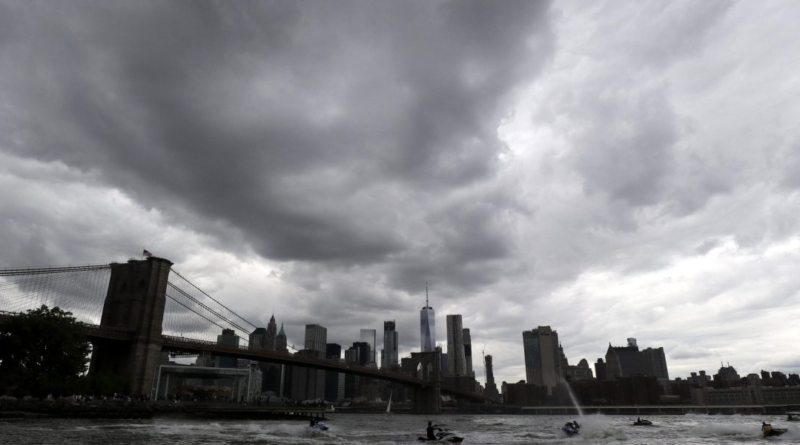Office vacancies set a new all-time high, ‘breaking the 20% barrier for the first time in history’
Talk of the office and its pandemic-powered apocalypse might have died down, but the sector’s troubles haven’t. If anything, four years after the pandemic’s onset, office vacancies are growing.
In the second quarter of this year, “the office sector set a record vacancy rate at 20.1%, breaking the 20% barrier for the first time in history,” a Moody’s analysis published today read. “The slow bleed occurring in the office sector has led to a steady rise in the vacancy rate as permanent shifts in working behavior have outlasted the initial wave of the pandemic four years ago.”
In the prior quarter, as Fortune previously reported, the office vacancy rate had already reached 19.8%, which was 50 basis points above recessionary peaks recorded in 1986 and 1991, according to Moody’s.
“The two historic peaks came as a result of underlying macroeconomic conditions,” Nick Luettke, coauthor of the previous analysis and associate economist, told Fortune at the time. “The 1986 vacancy rise came as the result of surging supply with high construction levels, while 1991 came as a result of the previous decade of construction fusing with greater economic uncertainty at the time.”
‘A lasting shift’ in work habits
This time around, as we know, demand plummeted thanks to remote work, but interest rates were an issue too—the Federal Reserve raised rates multiple times to tame surging inflation that reached a four-decade high in 2022. All commercial real estate is sensitive to interest rates, and after a decade of cheap money, higher rates were especially painful. Still, while interest rates will eventually come down, the issue of demeaning demand, it seems, will remain prevalent.
“The current turbulence in the office sector has a different root cause than previous peaks,” Moody’s said today. “Rather than macroeconomic uncertainty, a lasting shift is occurring in the sector as we near equilibrium of working models four years after inflection point of the pandemic.”
Not to mention, Ross Perot Jr., chairman of the Perot Group and Hillwood, once told Fortune that “it’ll be years before we really understand the damage the pandemic did to the world.” For one, he said, “it broke the habit patterns of millions of people that used to go to work every day in a real office.”
That lack of demand translates to falling rents. In the second quarter of the year, effective rents fell 0.1%, and 0.5% in the last year. Rent growth was positive in 2021 and 2022, but that changed, and rents have been negative or flat for four consecutive quarters, according to the analysis. Meanwhile, net absorption (which essentially refers to the total amount of space that’s been leased, minus the amount of space that’s been vacated for a certain period) was at -13.6 million square feet in the second quarter, the worst it’s been in almost three years.
“The office sector’s rising vacancy rate highlights the sector’s current struggles, and there’s natural concern over how high the rate will continue to climb,” the analysis read. At this moment, the economy is doing fine on paper, which could be beneficial for offices. Still, “the future direction and speed of the vacancy rate will hinge on the Federal Reserve’s navigation of the soft landing.”
So far, the Fed seems set to cut interest rates a single time this year following hotter-than-expected inflation reports. It’s not clear how much one rate cut would help the office sector, but it faces a much bigger problem of fading necessity—and on that measure, the office world hasn’t fared too well. For its part, Capital Economics predicted office values will fall more than 40% from peak to trough by the end of next year, with no recovery even by 2040 (a more haunting revision from the firm’s prior call). Still, Moody’s head of commercial real estate analysis, Kevin Fagan, once told Fortune he expected vacancies to begin to fall after next year.



